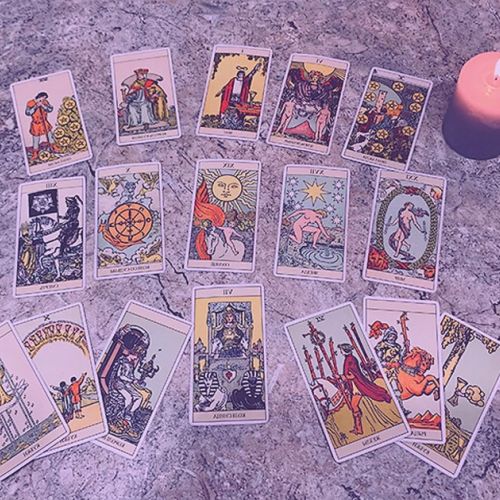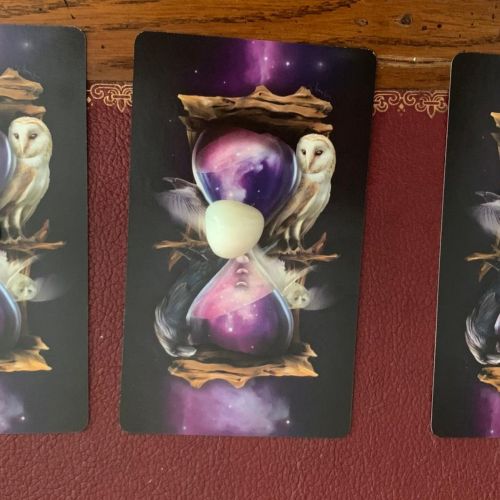The Yi Jing: Getting Started In This Chinese Divination Art.
Have you heard of the Yi King? This method of ancestral divination comes from China and has recently been revived. It uses coins as a medium. We will explain how to get started in this Chinese divinatory art.
What is the Yi Jing?
The Yi King or Yi Jing is originally a divination treatise whose title means "The Book of Changes".
This book, whose divination methods date back to the 1st millennium BC, occupies a fundamental place in Chinese thought. It is considered a classic and has been the subject of multiple commentaries.
Originally, the divination methods described in this book used yarrow stalks as a medium. Nowadays, the most common method consists of making a draw using 3 coins.
What are the principles of the Yi King?
In this ancient method of divination, Predictions are based on 64 figures called gua. This term is generally translated as hexagram because these figures are composed of 6 continuous or broken lines.
In the Yi Jing, each hexagram is designated by a name that has a precise meaning. This name can refer to an object, a situation, an emotion, a state, or an action.
Their combination in pairs during a draw allows for numerous interpretations. Several methods of interpretation have indeed been developed over the centuries based on these divinatory draws.
How to do a coin flip?
Traditionally, Chinese people who practice the Yi Jing use lucky coins with a square hole. The round shape of the coin symbolizes Heaven, and the square in the center represents Earth.
However, if you want to do a reading at home, all you need is 3 identical coins. They will allow you to do a Yi Jing reading, as long as they have a heads side and a tails side.
You then need to toss the three coins together and add up the results, knowing that heads is worth 2 and tails is worth 3. For example: if you get heads + heads + tails, you need to add 2 + 2 + 3 = 7.
The result, which is always between 6 and 9, allows you to draw a line of the hexagram:
• 6 or 8 are Yin and represented by a broken line (two dashes).
• 7 or 9 are Yang and represented by a solid line.
You need to toss the three coins a total of six times and draw the corresponding hexagram by tracing the lines from bottom to top.
You then just need to interpret the obtained hexagram using a book on the subject like Yi Jing, The Book of Changes by Richard Wilhelm and Etienne Perrot or an interpretation website (see link at the bottom of the page).
How to interpret the hexagrams?
Whatever interpretation medium you choose, whether it be a book or a free website, remember that the Yi Jing will not provide precise answers to your questions because this Chinese divinatory art is based on the idea that everything is in motion.
More than a definitive answer, the Yi Jing will give you a glimpse of an evolution, a journey in your life, a possible transformation...



